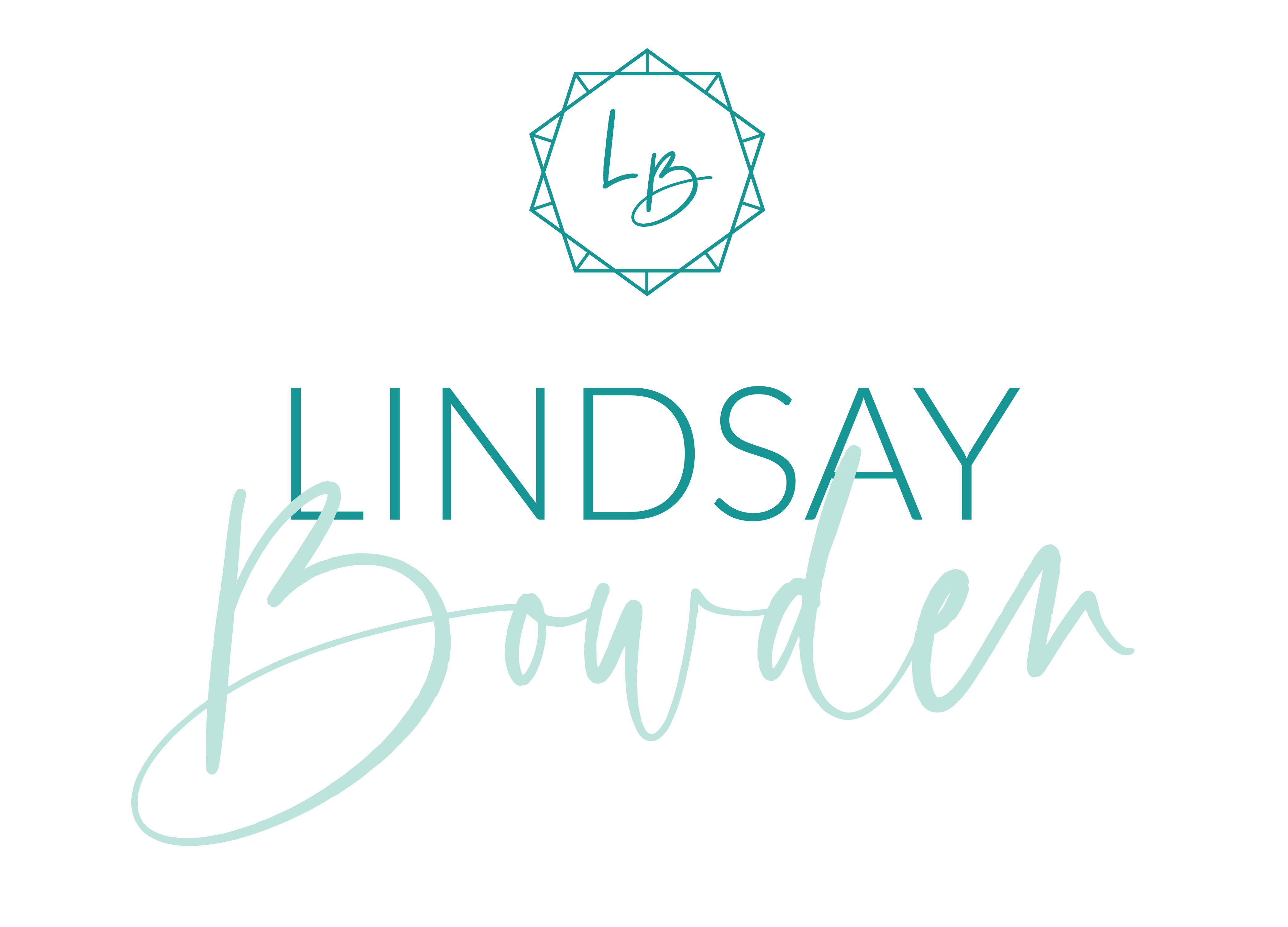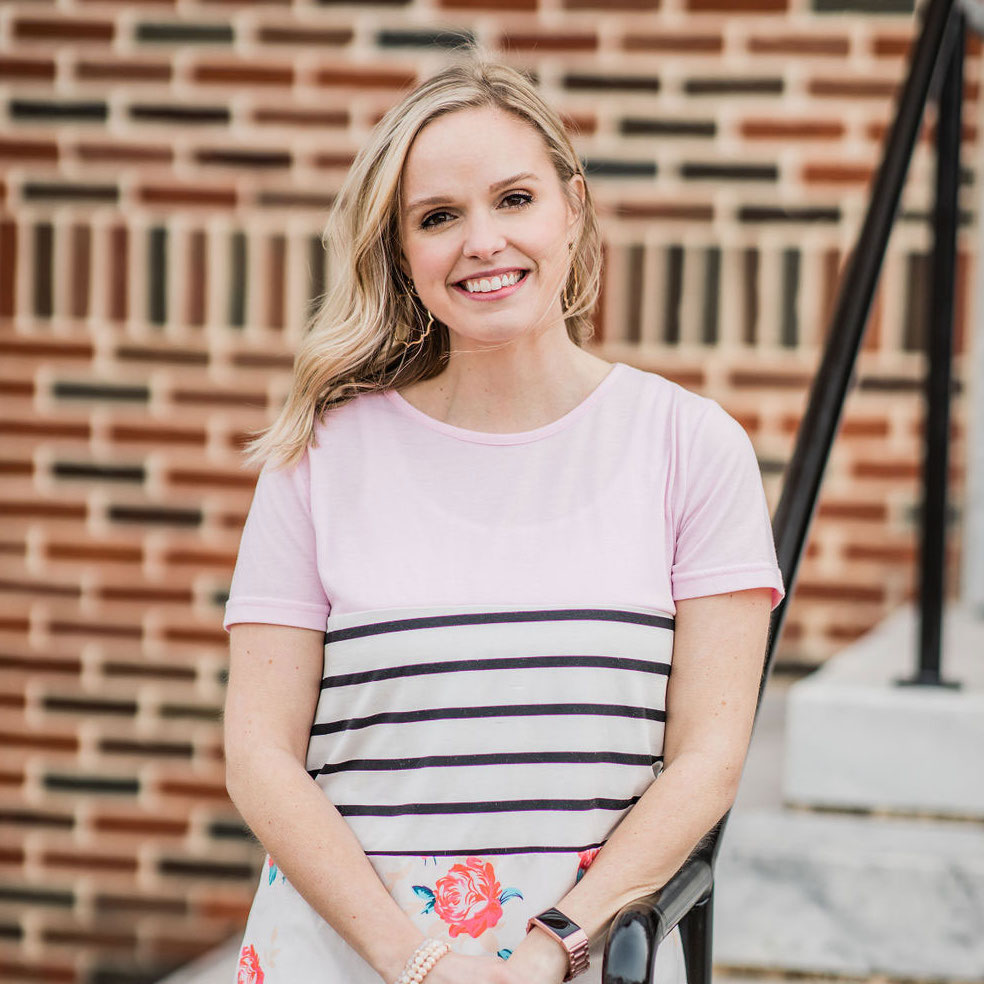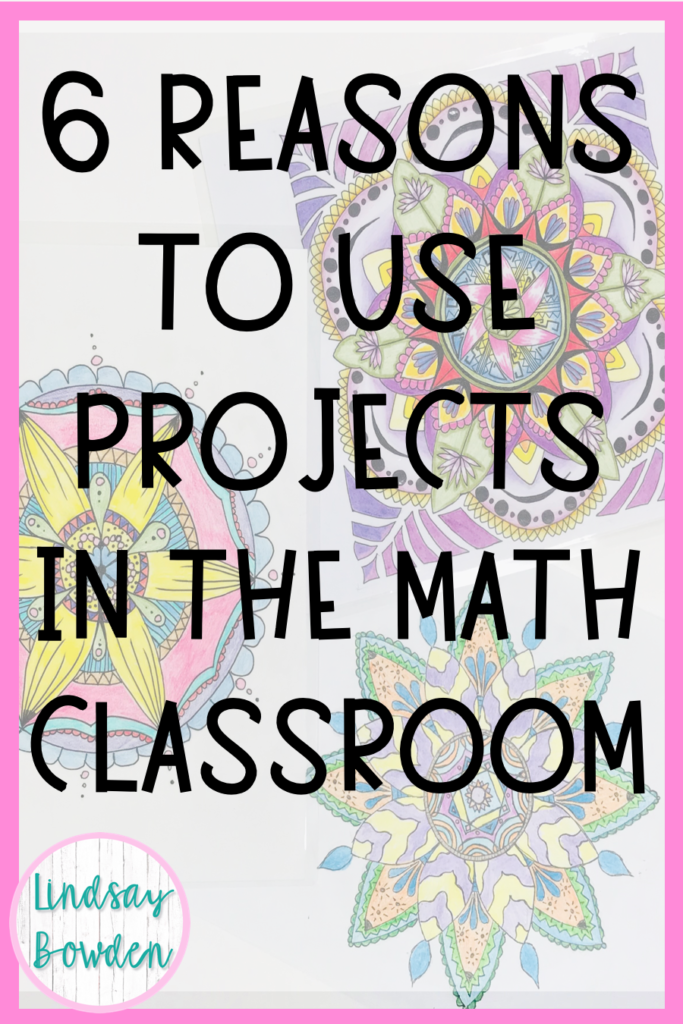
Math projects are a great way to incorporate project-based learning (PBL) is in the classroom.
Heather Wolpert-Gawron at Edutopia says PBL is a way for students to identify and solve real world problems.
Projects help students APPLY the knowledge and skills we have been teaching them. They are an excellent form of assessment.
I used projects all the time in my geometry class. They helped me to really see what the students had learned. You can check out my geometry projects by clicking here.
Here are 6 reasons you should be implementing projects into your math classroom:
1. Shows What Students Really Know
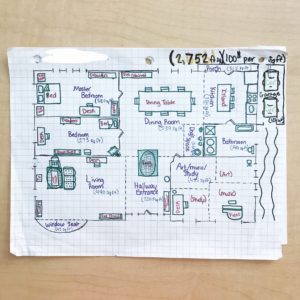
Unit tests and standardized tests don’t always show an accurate picture of what students have learned. Students may have test anxiety or just be poor test taker.
Projects are a great alternative assessment for students to showcase their knowledge. There is less pressure and more time.
Also, projects are a great way for students to apply the skills they are learning. In my opinion, that is way more important than being able to ace a multiple choice test.
2. Math Projects Allow for Creativity
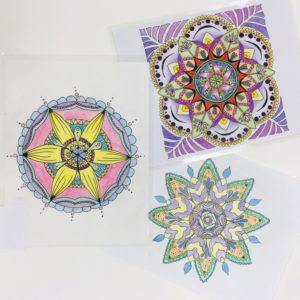
Most people don’t think of “creative” when they hear math class. Math is usually black and white, objective, and maybe even a little boring.
It’s so important to allow students to see the creative side of math! The inventors and engineers and other creative types are the ones who are changing the world with math.
With projects, our creative students get to show off their imagination and innovation. I loved seeing the artistic students really shine through their project.
3. Improves Cooperative Skills
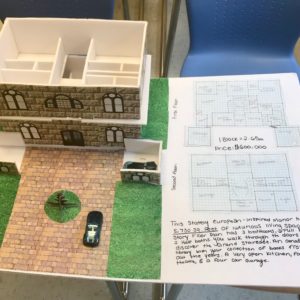
Group projects are a great way for students to build interpersonal relationships with their peers. Cooperative skills are so important with any job, so it’s important that students learn them in school!
While group projects can be tricky, I made sure to have clear expectations and guidelines. This prevents one student from doing all the work.
One way I did this was to assign each group member a different task. All the tasks collectively formed the group project. If one student did not do their part, the other students were never penalized.
4. Math Projects Answer the Question “When will we ever use this?”
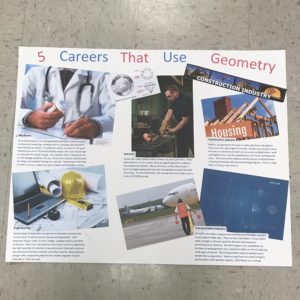
I can’t tell you how many times my students asked me “When will we ever use this?!” At first, it annoyed me a little.
But it really is a valid question! If we expect students to spend time learning the material, we should tell them why it’s useful.
One project I love to assign is “geometry careers” where students research 5 careers that use geometry in the real world. This could be used at any grade or subject level. My students would make a poster and include various facts about the job.
If we don’t allow students to explore why math is so important and useful in the real world, we really are doing them a disservice.
5. Flexibility
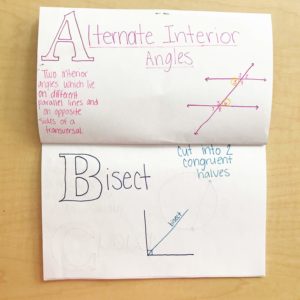
Projects are a very flexible form of assessment. They can be assigned during class or outside of class. The grading is subjective (made easier with a rubric!). The possibilities are really endless.
When I first started assigning projects, I actually struggled with the flexibility aspect. My black and white math brain was so accustomed to using the Scantron machine to grade assessments.
After some trial and error, I started to see the freedom of assigning projects. As long as I had a rubric, grading was not bad at all. I could assign projects individually or in groups. I could even allow students to grade their peers during the presentation. There are so many options! Projects kept my math class fun and engaging!
6. Differentiates for a Variety of Learning Styles
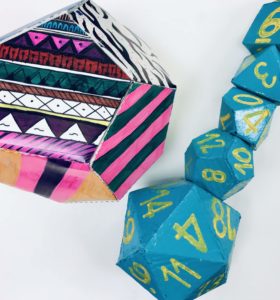
Differentiation is so important in the classroom. Every student has a different way in which they learn. According to Nancy Chick at Vanderbilt University, there are 70 different learning styles!
If students learn in different ways, then shouldn’t they be assessed in different ways? I know unit tests and standardized tests are usually required.
However, I think it is important to incorporate other types of assessments. Projects offer the creative, kinesthetic learners a chance to truly showcase their skills and knowledge.
Do you use projects in your math classroom? Let me know below!
Happy teaching!
You may also like:
- 5 Geometry Projects for Middle and High School
- Trigonometry Mini-Project
- Head to LindsayBowden.com/Training to sign up for my FREE training on creating engaging math resources!
